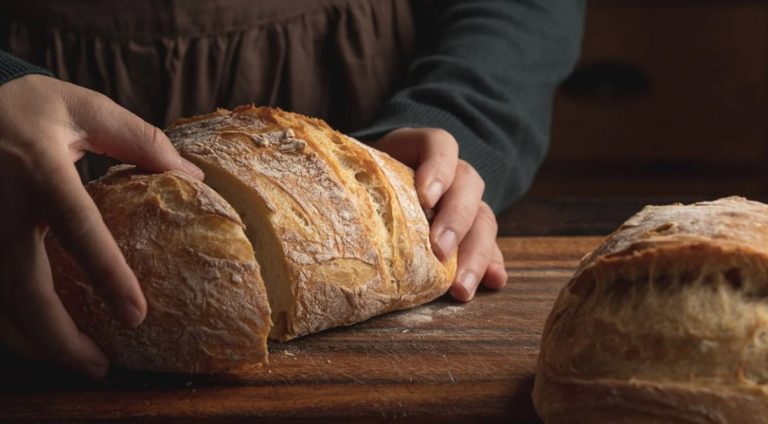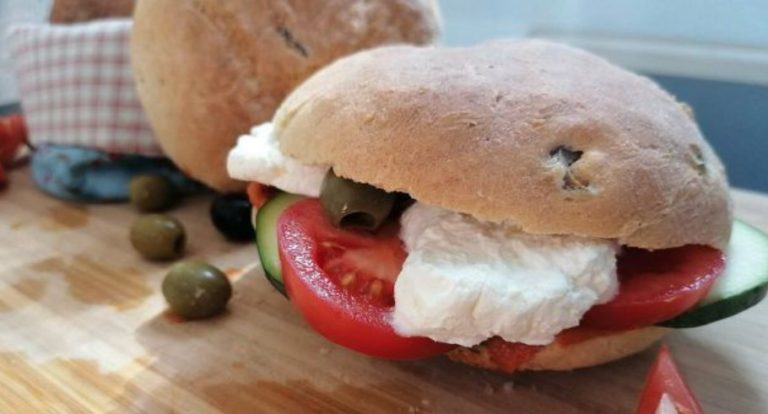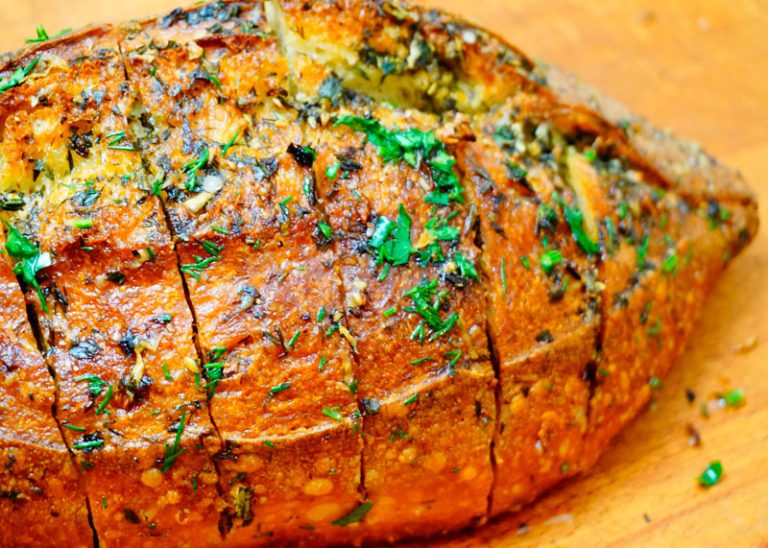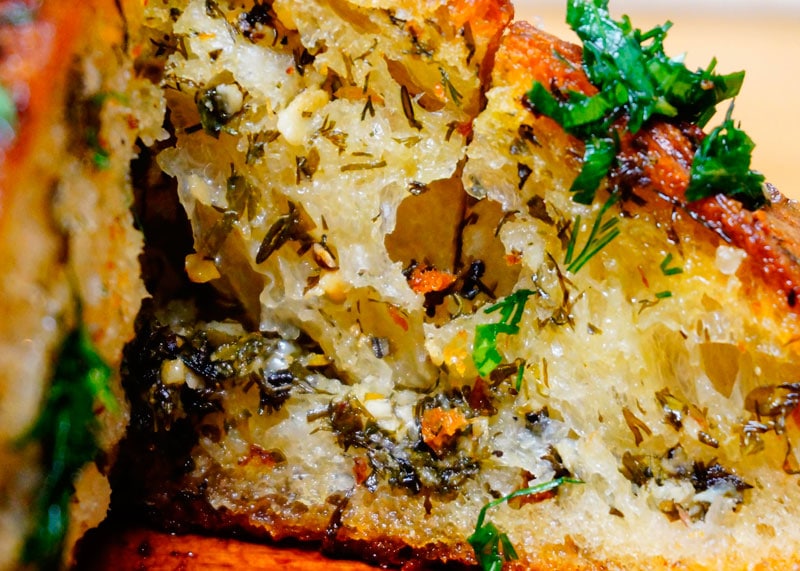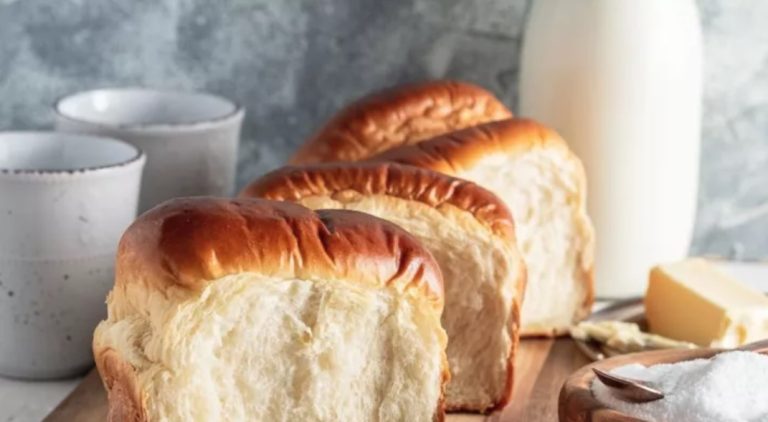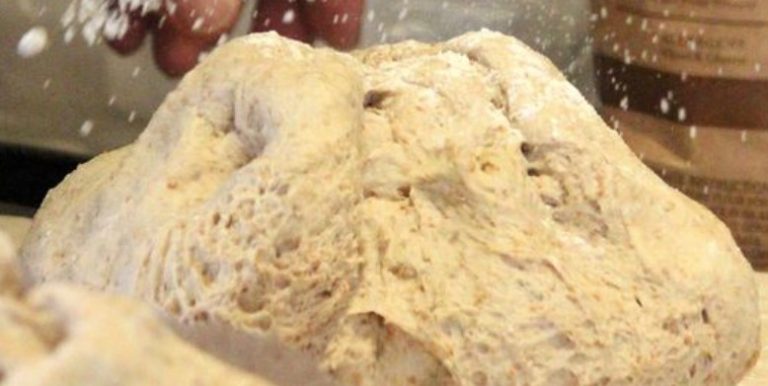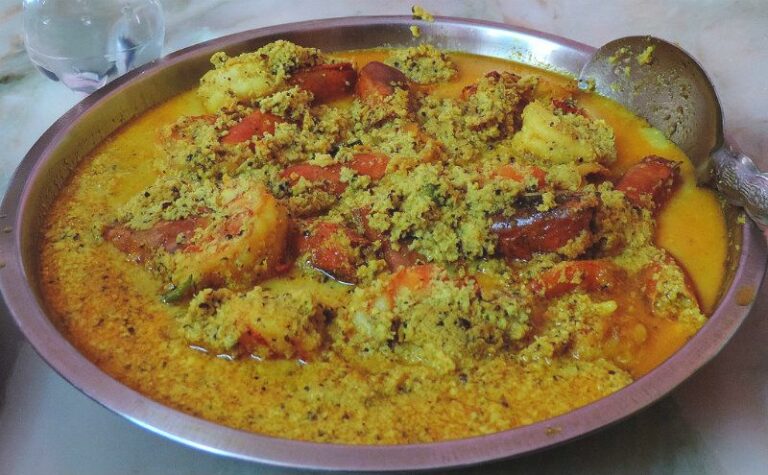Good bread is said to be available in every discounter – at least that’s what Lidl, Aldi & Co. would like us to believe. But good bread is not only recognized by its taste and certainly not by its price, but by how it is made.
Bread is not only available in numerous varieties and flavors in this country, it is also served in the morning, at noon and in the evening. The meals even have their own names – depending on the region, we call them snacks or supper. But do we actually know what exactly is on our table? How can you recognize really good bread and where can you buy it?
You can choose to buy bread:
discount stores and supermarkets
bake shops
bakery chains
organic bakeries
small local bakeries
Where can you buy good bread?

Even cheap bread from the assembly line, made from ready-made baking mixes with artificial enzymes and additives, can apparently taste good: about one in five Germans buys their bread rolls most often in bakery shops and discounters – i.e. in places that have very little to do with real baking to have.
Bread in bakeries and discounters: industrial frozen goods
The supposedly fresh rolls come from industrial production all over Europe; they are delivered deep-frozen as “dough pieces” and are only thawed and baked on site. Artificial enzymes and other aids ensure shelf life, crispiness and color during production.
Speaking to “Markt” moderator Jo Hiller, nutritionist Dr. Finally, Mattias Riedl: “The bread on our supermarket shelves has gotten worse and worse.” As reasons, he lists the baking processes, which are price-optimized and geared towards speed.
Can you really call the bread from the supermarket, discounter or bakery “good bread”? No, when we talk about good bread, we mean bread that is made with purely natural ingredients, that is not made on the fully automatic baking line but in the bakery, preferably in the region – without long transport routes, but with traditional skills by trained bakers. Bread from real bakeries.
But there aren’t that many of them anymore. How do you actually recognize real artisan bakers and how do they bake their bread?
Bakery chains: regional bulk goods
A few large bakery chains dominate the market in Germany. Some of them operate hundreds of branches – some of them throughout Germany, such as Kamps or Ditsch. Other bakery chains sell more regionally, such as Ihle in Bavaria, Dat Backhus in Hamburg or the Glocken Bäckerei in the Frankfurt area.
Nevertheless, these chains have earned the name bakery, because they actually bake their bread themselves and do not – like discounters and bakery shops – have them supplied by external companies. As a rule, the bakery chains operate one or more of their own bakeries.
However, this designation should not be misleading, because this can also be an (at least partially) industrialized manufacturing process. Nevertheless, according to Armin Juncker, General Manager of the Association of German Large Bakeries, “many branch bakeries very consciously define themselves as craft bakeries”, because a lot of manual work still takes place everywhere.
“The main difference between baking stations and artisan bakers is that baking stations have their dough pieces made by third parties, while artisan bakers make them themselves,” explains Daniel Schneider, General Manager of the Central Association of the German Bakery Trade.
In most artisan companies, the breads are baked in a central production facility, the rolls only in the branches. The “raw” rolls (dough pieces) are usually distributed from the production sites to the branches where they are cooled, where they are then baked – at Aldi, Lidl & Co., on the other hand, the dough pieces arrive deep-frozen and are only baked.
Most of the branch bakers bake according to their own recipes instead of using ready-made baking mixes. Nevertheless, it is noticeable that the rolls in the branches of different large chains often look, name and taste very similar; unusual and imperfect baked goods are rarely found here. So it’s still the same thing – albeit more regionally baked.
It is difficult to say in general terms whether the bread in the large bakery chains is made with the help of artificial enzymes or not. Because “enzymes are used by bakeries of all sizes – depending on the recipes used,” explains Juncker. Hence our recommendation: ask which ingredients are in the bread. Show interest and find out where and how your local store’s bread is made. And only buy where you get satisfactory answers.
Organic bakeries: good ingredients, big chains
Organic bakers sell real bread that is neither made in highly industrialized baking factories, nor frozen and thawed again, that contains hardly any additives and that is made with high-quality raw materials. They use purely organic ingredients and traditional production methods, give the bread dough enough time to rise and often have different types of rolls and bread in their range.
The EU organic seal allows the use of artificial enzymes, while the organic farming associations Naturland, Bioland and Demeter rule this out. Many organic bakeries attach great importance to regional raw materials.
In principle, organic bakers make really good bread that more than justifies the slightly higher price. However, not every organic bakery is small and local; here too there are chains with many branches and sales outlets, for example organic shops.
But that doesn’t have to mean anything bad, on the contrary: It’s nice when the concept of organic bakeries works and the good bread can be found in more than one place. But only those who produce locally have short transport routes and support the region. Maybe it doesn’t have to be that the Munich Hofpfisterei, for example, carts its organic bread from Bavaria to Berlin at night.
Local artisan bakeries: traditional, local, high quality
Our No. 1 recommendation for really good bread: the local artisan bakeries. Although there are fewer every day, they are still there: bakers who have always baked in the traditional way in their own bakery, who do not use unhealthy additives, who use high-quality ingredients and who know their craft – and who do it for you shortly before six in the evening the shelves can be empty because the rolls are often only freshly baked once a day.
“It’s a question of the location,” says Schneider from the Central Association of the German Bakery Trade. Craft bakeries with several branches are often supplied with “raw” rolls, which are then baked in the branch. However, many bakery branches are still only supplied with ready-baked goods once a day.
And then there are the very small bakeries: “There are still many small bakers who have the bakery in the back and the salesroom in the front and that’s it,” says Schneider. There is usually freshly baked every morning.
Bread from the artisan baker usually costs more than in the discounter or bakery shop – but it’s good bread and not assembly line goods. And that’s worth getting.
You can often find small bakeries in the countryside and at weekly markets, but there are still local artisan bakers in most cities. The Central Association of the German Bakery Trade e. V. offers the IN-Bäckerfinder on its website, which displays all the bakeries in Germany on a map by entering a location or a postal code.
Good bread is healthier

The higher price of good bread from a real (organic) bakery also pays off for our health. Many people today can no longer tolerate bread. This can not only be due to gluten intolerance, but also to the resting time of the bread dough. At discounters and bakery shops, the dough has little time to rise, and the ready-made baking mixes are also enriched with artificial enzymes and additives. In a traditional bakery, on the other hand, bread dough is given sufficient resting and rising time and is therefore more digestible. In addition, these breads stay fresh longer and require fewer ingredients and additives.
Where you buy your bread is a decision with consequences: if we want good bread to continue to be available in the future, we should support real bakers now.



